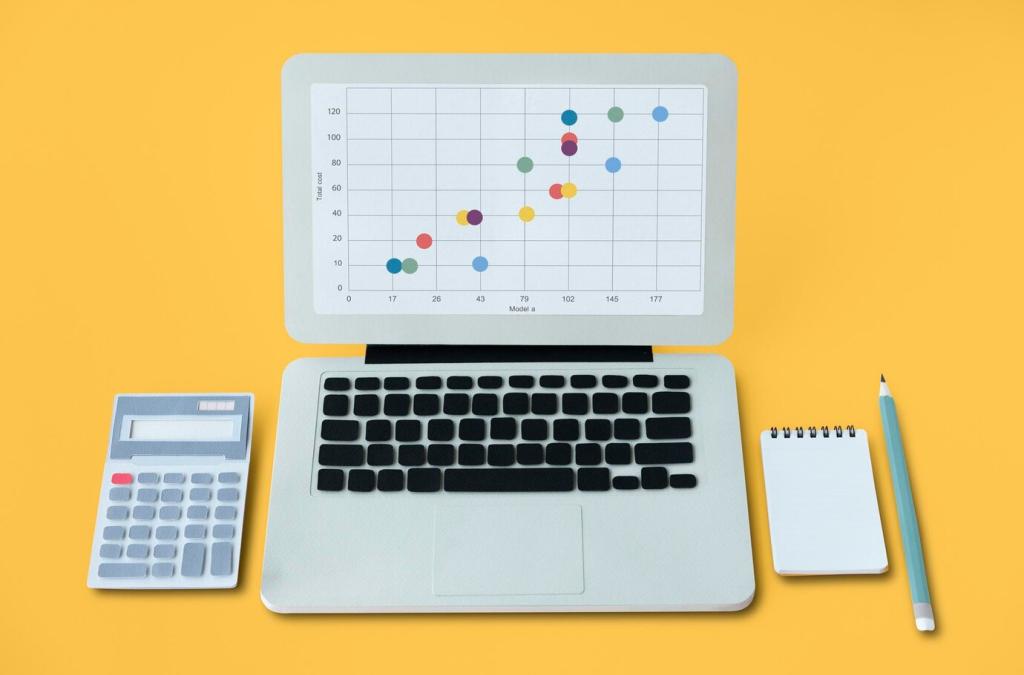
Introduction to the Chart of Accounts
A Chart of Accounts (COA) is a foundational element of any accounting system, providing a structured way for organizations to classify, record, and report their financial transactions. By using a consistent list of account names and numbers, businesses can track income, expenses, assets, and liabilities accurately and efficiently. Understanding the Chart of Accounts is essential for anyone managing business finances, as it helps ensure compliance, transparency, and clarity in financial statements. In this page, we will introduce the fundamental concepts, explore the structure, highlight its role in financial reporting, and discuss best practices for managing your Chart of Accounts.
Understanding the Chart of Accounts
What is a Chart of Accounts?
A Chart of Accounts is an organized listing of all accounts used by a business to record financial transactions in its general ledger. Each account in this list is assigned a specific code or number to facilitate the recording, organizing, and summarizing of business activities. The structure and contents of a Chart of Accounts are carefully designed to reflect a business’s operations and reporting needs, providing a “map” for capturing financial transactions. Clear, consistent account naming and coding help users find the information they need, reduce errors, and enable seamless reporting across periods. In essence, a well-designed Chart of Accounts is vital for efficient, accurate, and meaningful accounting.
Purpose and Importance
The primary purpose of a Chart of Accounts is to create a clear framework for recording and categorizing every transaction a business makes. This standardized approach ensures the business can accurately monitor its financial health, comply with legislative requirements, and provide valuable insights to stakeholders. By establishing consistent account categories, the COA helps avoid double-counting, missing entries, or misclassifications that could distort financial statements. The relevance of a COA increases as organizations grow, as it enables them to scale their financial tracking, respond to audits confidently, and adapt reporting mechanisms for internal or external use, such as tax compliance or management decision-making.
Key Elements of a COA
The Chart of Accounts organizes financial data into segments such as assets, liabilities, equity, income, and expenses. Each of these categories is broken down into individual accounts tailored to the organization’s needs. For example, assets may include cash accounts, receivables, and inventory, each with its own unique identifier. Income and expense accounts allow businesses to separate revenue streams and costs, supporting detailed analysis. Account numbers not only identify accounts but also maintain their order for logical grouping and easier navigation. This structured arrangement ensures that financial statements are meaningful, easy to interpret, and aligned with established accounting principles.
Structure and Organization
Hierarchical Layout
A typical Chart of Accounts adopts a logical hierarchy, beginning with broad account types and becoming more detailed as categories progress. At the top level, accounts are grouped by their overall type: assets, liabilities, equity, income, and expenses. Within these main groups, subcategories are created to capture specific activities or line items such as cash, accounts payable, or sales revenue. This hierarchy ensures that each transaction is recorded in the most appropriate and granular account, enabling detailed financial tracking and reporting. The structure mirrors the way financial statements are prepared, which helps streamline reporting and analysis efforts.
Account Numbering System
Every account in a COA is assigned a unique identification number, which serves several vital purposes. The numbering system usually follows a logical sequence, with the first digit indicating the account type and subsequent digits specifying subcategories or individual accounts. For example, asset accounts might begin with “1,” liabilities with “2,” and so on. A well-designed numbering scheme allows for easy expansion as new accounts are needed, facilitates efficient software integration, and supports users in quickly locating relevant information. The systematic use of numbers prevents confusion, promotes accuracy, and lays the foundation for robust financial control within the organization.
Customization for Business Needs
While accounting principles guide the general structure of a Chart of Accounts, each business must customize its COA to reflect its unique operations, industry norms, and reporting requirements. For instance, a manufacturing company may need detailed accounts for raw materials, work-in-progress, and finished goods, while a service-based company might require nuanced categories for different types of service revenue and expenses. Customization ensures that the COA remains relevant as the business evolves, supports specialized reporting and compliance, and addresses operational complexities particular to specific sectors. Without tailored accounts, a business risks losing critical insights or obscuring significant trends in its financial data.
Chart of Accounts in Financial Reporting
Impact on Financial Statements
All core financial statements, such as the balance sheet, income statement, and cash flow statement, draw their data directly from the Chart of Accounts. The structure and detail of the COA influence how information is aggregated, displayed, and interpreted in these reports. Accurate classification ensures that assets, liabilities, revenues, and expenses are represented correctly, allowing stakeholders to trust the financial data presented. Any error or inconsistency in the Chart of Accounts can cascade into misleading reports that compromise decision-making and erode stakeholder confidence. Therefore, maintaining a reliable COA is fundamental for transparency and compliance in financial reporting.
Enabling Insightful Analysis
A well-maintained Chart of Accounts allows organizations to break down financial data into actionable segments, such as product lines, departments, or cost centers. This level of detail supports in-depth financial analysis, helping managers spot trends, assess profitability, and allocate resources strategically. The ability to track revenues and expenses at granular levels enables more effective performance measurement and benchmarking. As a result, the COA is not only a record-keeping tool but also a strategic asset for generating insights that drive growth and improvement throughout the organization.
Supporting Compliance and Audit
The Chart of Accounts plays a critical role in supporting legal compliance, audit readiness, and risk management. By ensuring every transaction is recorded in its appropriate category, the COA makes it easier to demonstrate adherence to accounting standards and regulatory requirements. During audits, a transparent COA allows external parties to trace transactions quickly and verify the accuracy of accounts. This reduces the risk of penalties, errors, or oversights. For regulated industries or publicly traded companies, a clear and consistent Chart of Accounts is even more crucial, as it directly impacts reputational trust and long-term sustainability.
